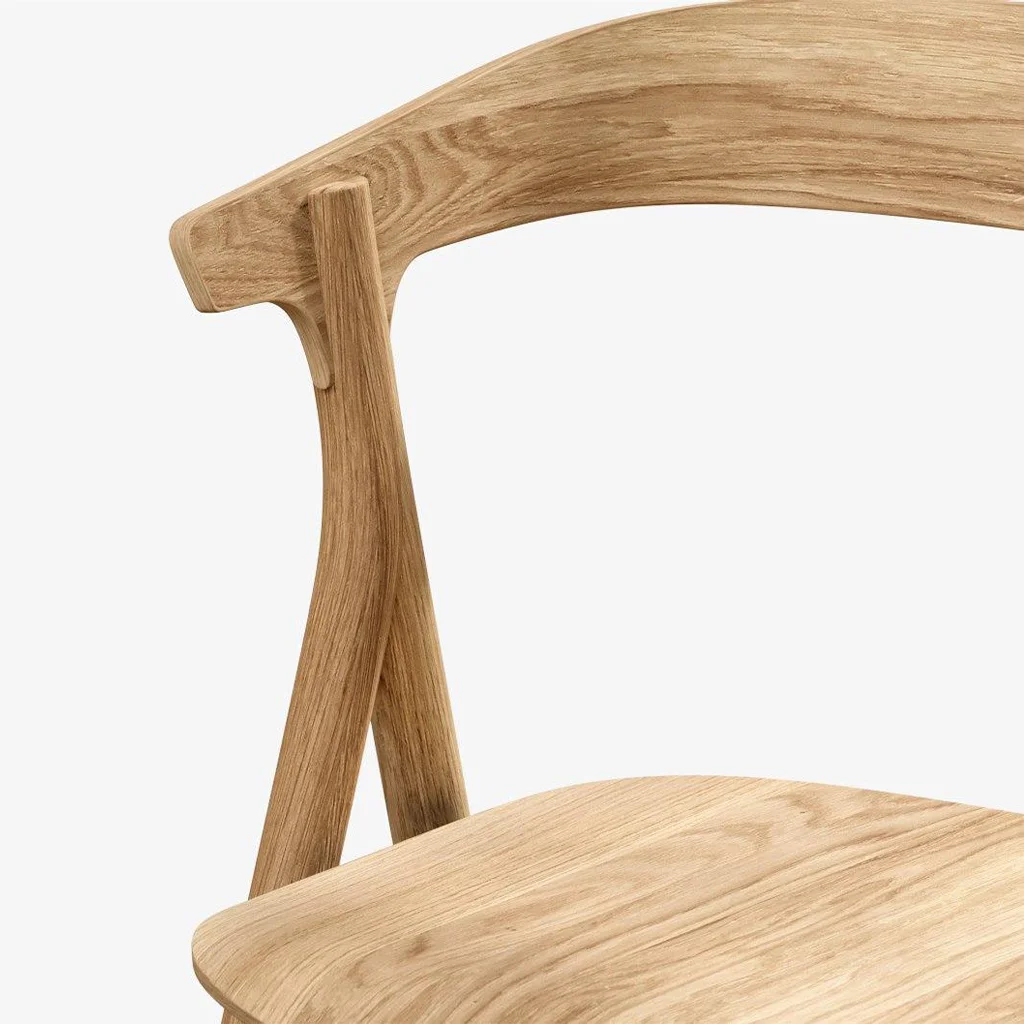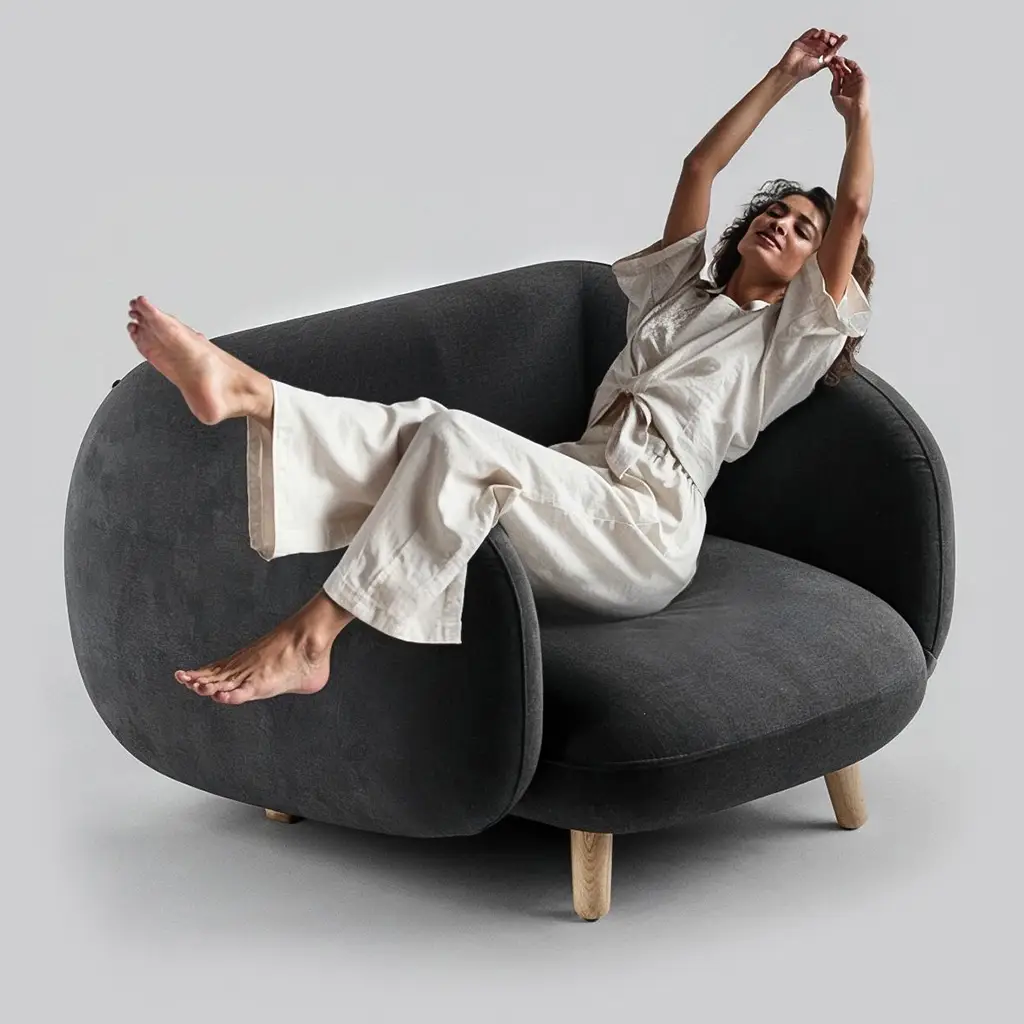When it comes to furniture marketing and promotional campaigns, realistic furniture rendering has emerged as the go-to solution. Traditional photography methods can be expensive and time-consuming, requiring prototypes, studio rentals, and professional photographers. As a result, many marketers are turning to CGI technology to create realistic product images without the hassle.
However, not every CG artist can deliver a truly realistic 3D rendering. Hiring inexperienced or low-quality contractors can result in cheap and amateurish visuals that do not effectively showcase your furniture products. One of the main challenges in creating realistic furniture renders is mastering the art of texturing. Without proper texturing, furniture pieces can look fake and unappealing.
So, how do professionals in a 3D rendering studio tackle the task of creating real-world materials in 3D? Here are five ways our CG artists achieve realistic furniture rendering:
1. Smooth the Surface of the 3D Model
To ensure a realistic furniture rendering, CG artists begin with accurate 3D modeling. Using polygonal modeling techniques, they create the object using polygons that are combined into one mesh. Mistakes in polygonal modeling can result in visible seams, gaps, and distortion of the furniture’s surface. CG professionals pay special attention to the geometry of the model to ensure a smooth and realistic texture.
2. Select High-Quality Texture Maps
High-quality texture maps are the foundation of realistic furniture rendering. CG artists use flat color 2D pictures of material samples with high resolution. These samples should be taken with even lighting to accurately capture the color and pattern. Instead of relying on free textures from the internet, CG professionals either find realistic samples from their studio’s library or create custom complex materials from scratch.
3. Add Relief with Bump Mapping
Applying a 2D color picture to the furniture’s surface is not enough to make it look three-dimensional. CG artists use various texturing maps, and one of the most common is the bump map. This black and white picture shows how the surface interacts with light, creating relief and depth. By adjusting the digital parameters of the bump map, CG artists can enhance the texture and create a more realistic look.
4. Assign Textures to the Object
Simply applying a texture to the furniture 3D model is not enough to achieve a realistic look. CG professionals manually adjust the position of the pattern, assigning maps to each element of the model individually. For example, if a chair is being rendered, the wood texture on different parts of the framework should vary, matching how it naturally appears in real furniture. CG artists ensure that patterns are seamless, well-scaled, and realistic.
5. Set Up Realistic Material Properties
To complete the furniture rendering, CG artists set up material properties such as opacity, reflection, and density. Experienced CG specialists understand the unique properties of different materials and how to accurately set up these parameters for a lifelike effect. For example, leather has its own reflective properties that need to be considered in the rendering process. Through careful application of various maps, CG artists achieve highly realistic furniture rendering.
By following these five steps, professional CG artists can create realistic finishing materials for furniture rendering. From ensuring the smooth surface of the 3D model to applying texture maps and setting up realistic material properties, these techniques result in high-quality renderings that effectively showcase furniture products.
If you’re in need of stunning renderings for your furniture products, consider trying VIZFURNITURE’s 3D rendering services. With their expertise in realistic furniture rendering, you can get photorealistic images for all your marketing needs. Visit our website at www.VizFurniture.com to learn more and check out our pricing guide for top-tier 3D visualization projects of different scales.


